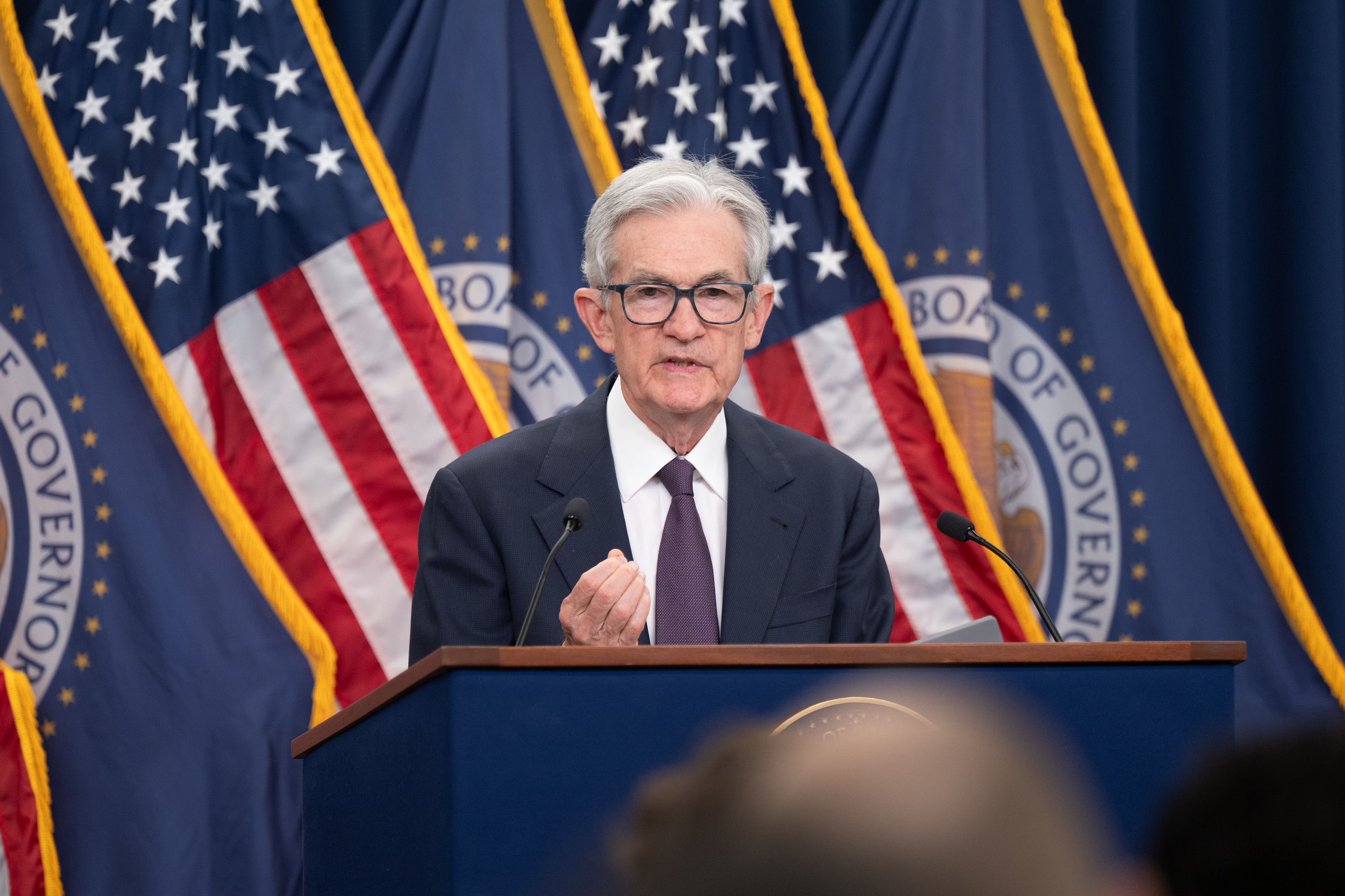During the latest annual shareholder meeting, legendary investor Warren Buffett announced that he would be retiring as CEO of Berkshire Hathaway (BRK.A +0.09%)(BRK.B +0.15%) by the end of the year.
Since taking control of Berkshire Hathaway, Buffett has turned the conglomerate into one of the world's most successful businesses, achieving a market cap of over $1 trillion and a personal net worth of around $160 billion (as of the start of May). Given Buffett and Berkshire Hathaway's success, investors have spent decades closely examining all of Buffett's moves and hanging on to every piece of advice he offers.
Buffett has offered tons of wisdom through the years, and although the investing strategies of a billionaire and a large corporation aren't typically aligned with your average investor, there are Buffett-inspired strategies that your everyday investor can (and in many cases, should) adapt. Let's take a look at three of those.

NYSE: BRK.B
Key Data Points
1. Keep it simple and lean on the S&P 500
Buffett has long said that the best approach for the average investor is to invest in the S&P 500 (^GSPC +0.32%).
The S&P 500 tracks the largest 500 American companies on the market, so it's generally considered a snapshot of the broader U.S. economy. The two aren't directly tied, but when the economy grows, the companies within the index tend to follow.
The S&P 500, of course, has its ups and downs (as any stock or index), but it has historically averaged around 10% annual returns over the long haul. Those are good enough returns to build up a nice nest egg heading into retirement.
To see it in action, let's imagine your investments average 10% annual returns for 20, 25, and 30 years. Below is how much you could accumulate by investing $500 monthly:
| Years Invested | Ending Investment Value |
|---|---|
| 20 | $343,000 |
| 25 | $590,000 |
| 30 | $986,000 |
Table by author. Ending investment values don't take into account expense ratios. Values rounded down to the nearest thousand.
Returns aside, investing in an S&P 500 fund simplifies investing. You don't need to spend hours looking at financial statements or monitoring earnings; you simply invest in the fund and trust its long-term potential.
2. Focus on companies with strong economic moats
If you prefer investing in individual stocks, Buffett advises investing in companies with sustainable economic moats. An economic moat is a company's competitive advantage that its competitors can't easily replicate.
Coca-Cola and Apple's economic moats are their powerful brands; Visa's economic moat is its wide reach and network effect; and Moody's economic moat is the science and proprietary nature of its credit rating models. This explains why these companies are some of Berkshire Hathaway's top holdings.
Companies with lasting economic moats make good investments because their earnings are typically more stable and their business models are reliable and proven. Growth potential is important in investing, but sustainability ensures a company is a good long-term investment.
Looking for companies with economic moats can help investors fight the urge to chase "the next big thing" and focus on companies with lasting value.
3. Invest in companies that pay and increase their dividends
Stock price growth (or lack thereof) gets a lot of attention in the stock market, but dividends can be just as valuable over time. Although Berkshire Hathaway doesn't pay dividends, most of its investments do.
One thing about the stock market is that you can't predict how stock prices will move, no matter who you are or what technology and data you can access. If it were that easy, firms on Wall Street would never lose money. However, what you can be sure of is consistent income coming in when you invest in sound dividend stocks.
Dividend stocks can help soften the blow when stock prices are falling by providing income, and they can also compound your gains when stock prices are rising. It's like a built-in margin of safety.
Aside from the income (which is nice, no doubt), Buffett likes dividend-paying companies because it signals a company is in a good financial position -- especially if they're able to increase their dividend payouts year after year. Of course, there are exceptions, and some companies maintain dividends even when their finances don't support it. But for the most part, a growing dividend indicates a company has steady earnings and is shareholder-friendly.
When in doubt, trust the power of dividends.






